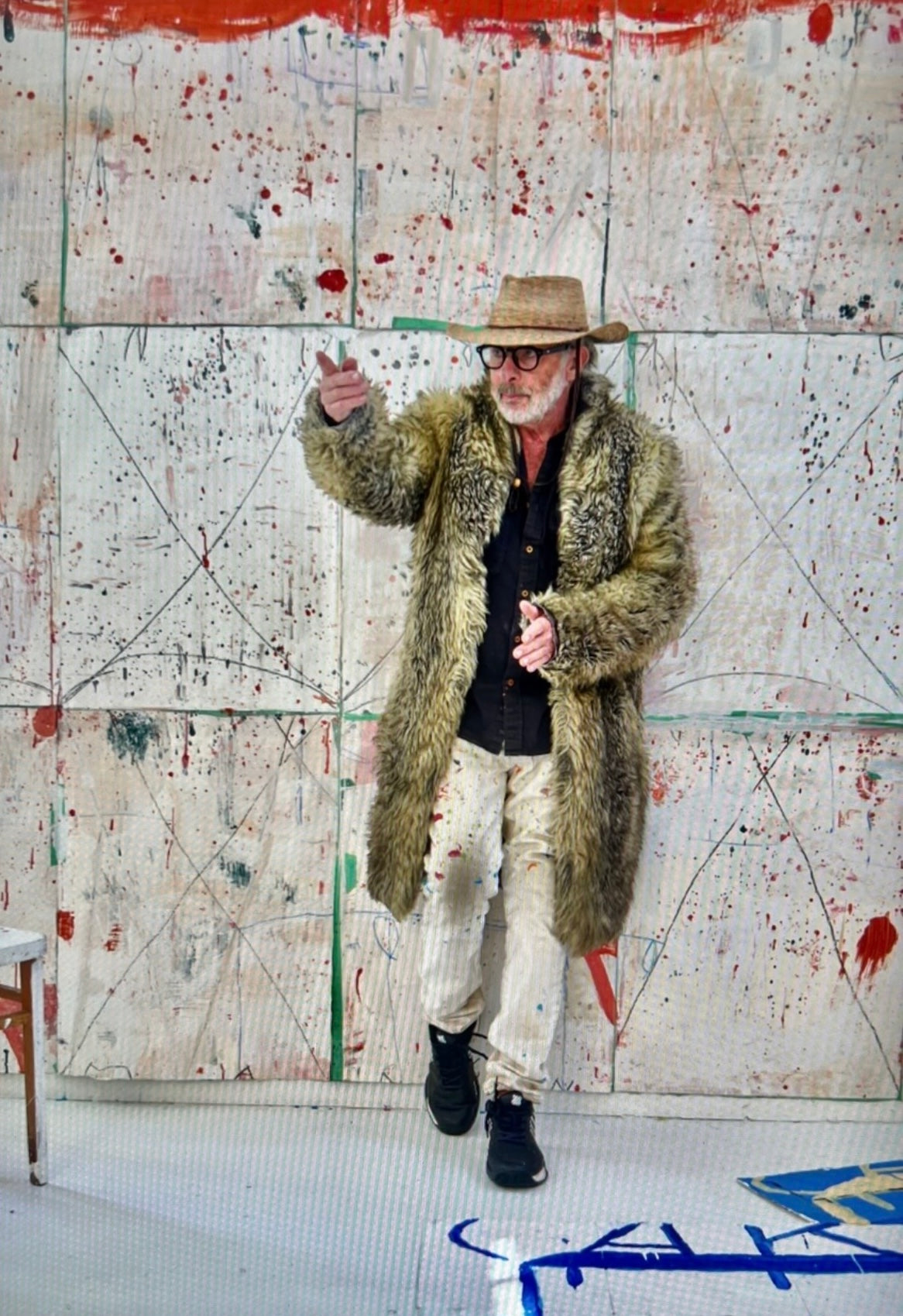
Gary Komarin (né en 1951 à New York) est un artiste audacieux dans le domaine de la peinture contemporaine. Son engagement indéfectible envers l'abstraction lui permet de continuer à produire des œuvres vivantes, empreintes de spontanéité, de figuration ludique et d'expression picturale. Reconnu à l'échelle internationale, son travail est exposé dans les plus grands musées du monde entier.
Gary Komarin
Gary Komarin (né en 1951 à New York) est un artiste audacieux dans le domaine de la peinture contemporaine. Depuis près de cinq décennies, son engagement indéfectible envers le potentiel de l'art concret continue de donner naissance à des œuvres vivantes, empreintes de spontanéité, de figuration ludique et d'expression picturale.
Pour Komarin, l'abstraction n'a jamais été une impasse formelle, mais lui a plutôt permis de repousser les limites du style pour que la peinture « inclue davantage », précisément parce qu'une image reconnaissable exclut trop. Son approche découle de la conviction que la peinture doit incarner plus que la représentation.
Komarin intègre son éducation formelle et son éducation dans ses œuvres d'art : son mentorat lors d'une bourse d'un an avec Philip Guston, ses études à l'Arts League of New York et à la New York Studio School, ainsi que ses études supérieures en littérature anglaise influencent son style, les titres de ses œuvres et sa prose. Son enfance passée à New York auprès de parents émigrés européens – un architecte tchèque et une écrivaine viennoise – trouve ses racines dans ses peintures et ses motifs symboliques.
Reconnu internationalement, Komarin a exposé ses œuvres dans le monde entier, aux États-Unis, en Amérique du Sud, en Europe, en Asie et au Moyen-Orient. Ses œuvres font partie des collections permanentes de grands musées du monde entier, notamment le Musée d'art moderne de Rome, en Italie, le Musée d'art moderne de Bogota, le Musée Kiyoharo, à Kyoto, au Japon, et le Musée Mougin, dans le sud de la France. L'art de Komarin a notamment été exposé aux côtés d'œuvres d'artistes influents.